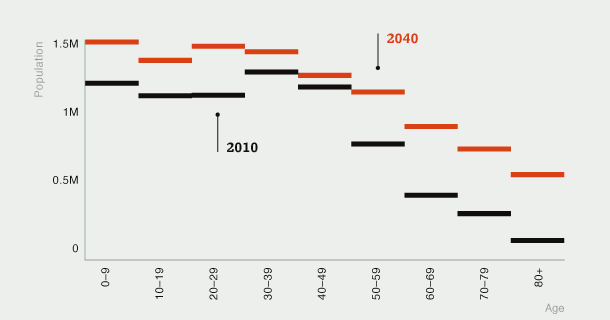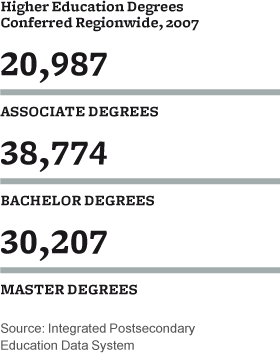Education not only builds a skilled workforce, it also provides social, civic, and personal development. Inequitable access to high-quality education contributes to achievement gaps across racial, ethnic, and economic lines and to the decline of student achievement across the U.S. compared to other industrialized nations. Creating skilled workers for an economy that is constantly changing will require strategic investments and better education and workforce development programs, which must be coordinated and aligned with employers' needs.
While providing access to college should remain a high priority, the majority of jobs will continue to require more than a high school diploma but less than a four-year degree, making education beyond high school increasingly essential. With labor shortages in critical industries like health care and freight, our community colleges, workforce boards, and occupational training institutions must provide specialized workforce training.
As the economy and technology rapidly evolve, many workers will need to learn new skills and match those skills to jobs — often retraining multiple times throughout their careers. But our workforce development system is often difficult for workers to navigate with its numerous programs, initiatives, and funding sources.
Too often graduates find their skills do not match job requirements because education and workforce training don't adapt quickly enough, especially for fast-growing industries. The lack of coordination between these systems often leaves employers' needs unmet as well.
We need an effective, adaptable, and coordinated education and workforce development system to keep workers' skills current. And to ensure that workers gain skills that match employers' needs, the business community should have a larger role in developing workforce programs.

